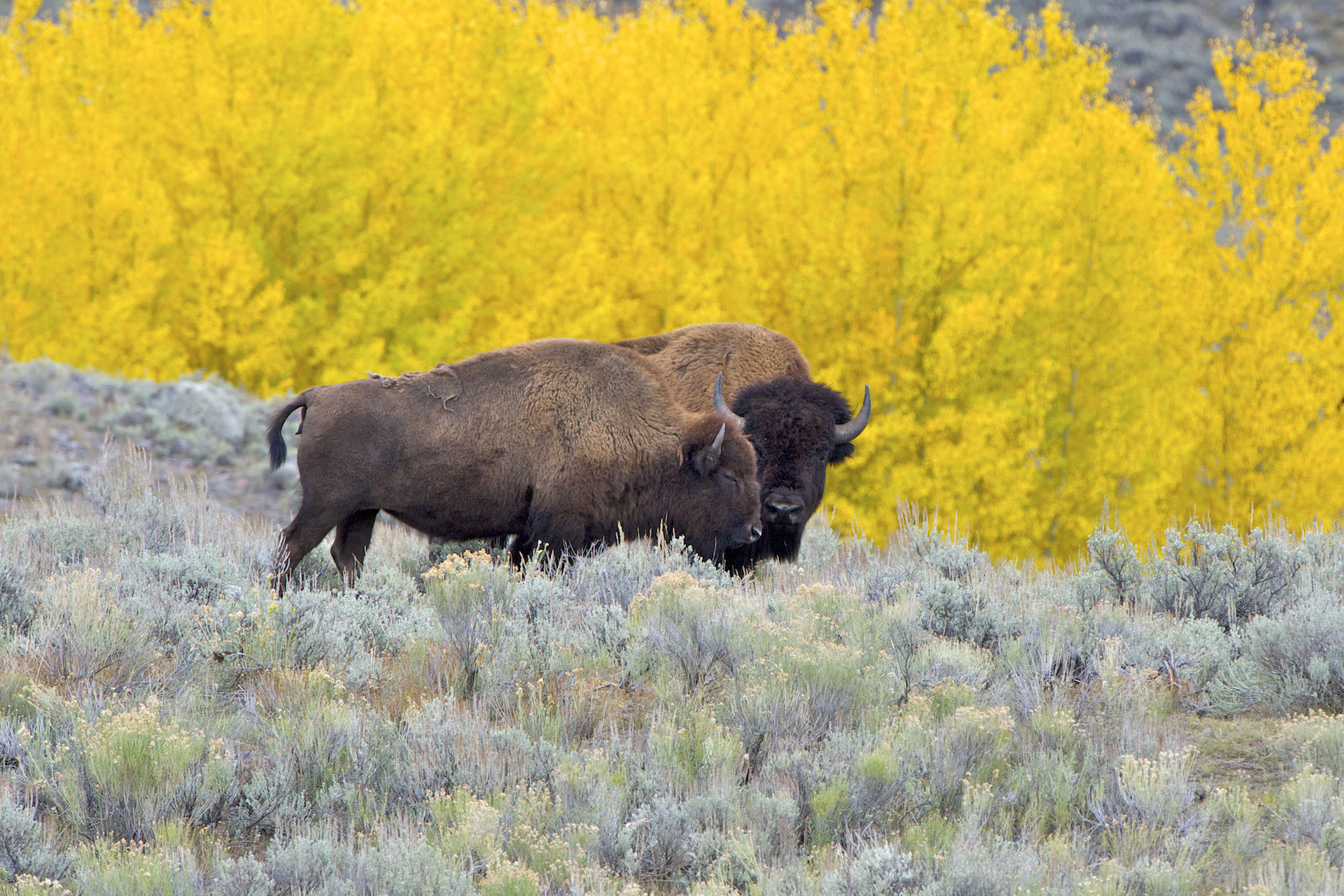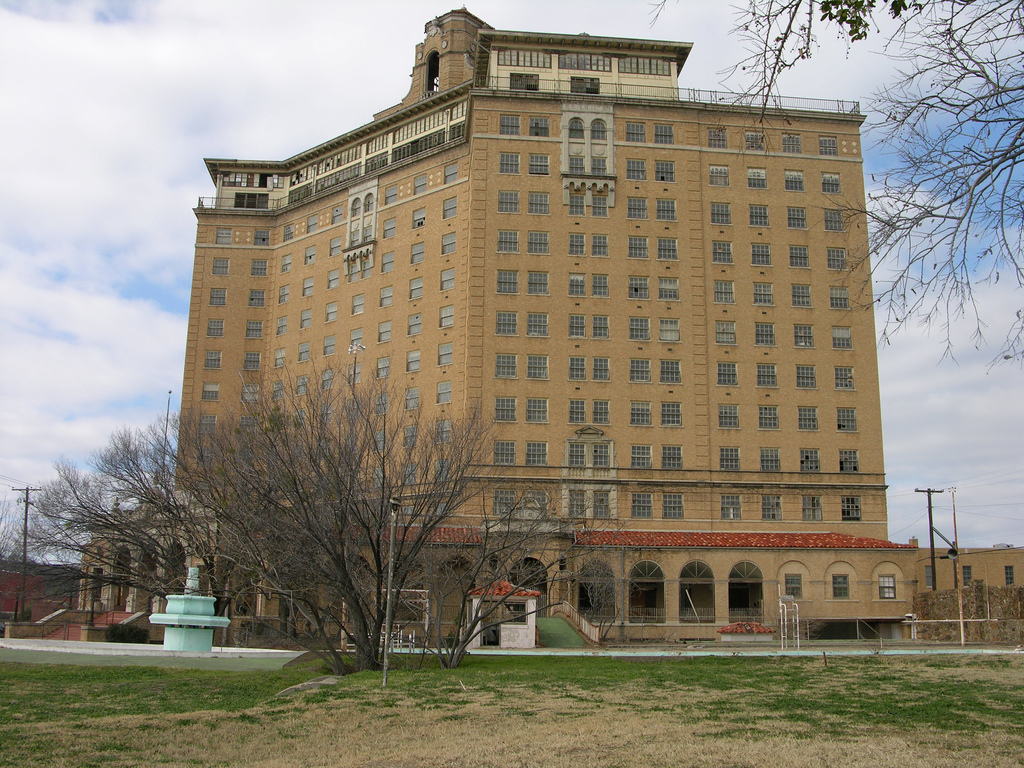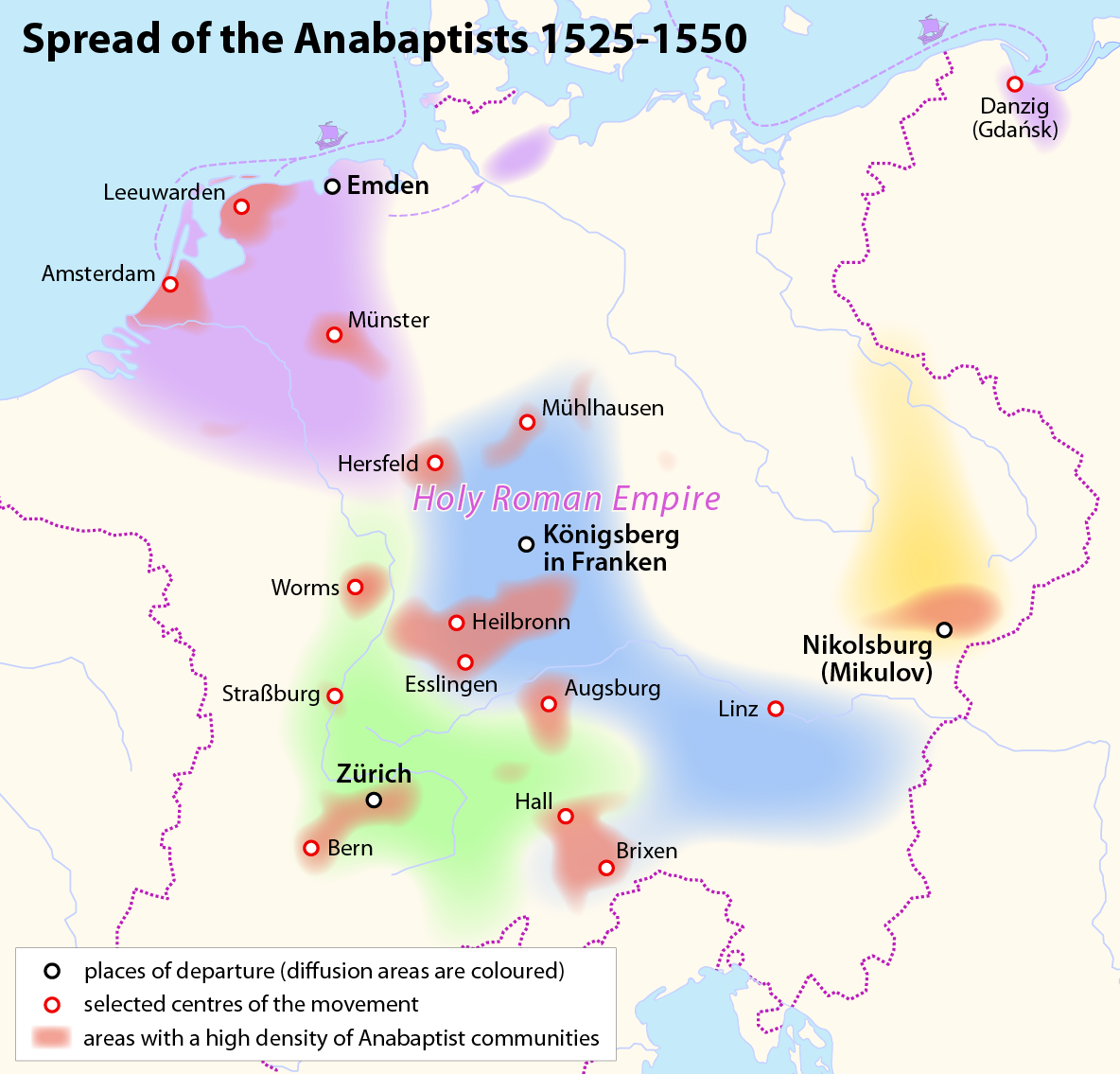|
Centennial (novel)
''Centennial'' is a novel by American author James A. Michener, published in 1974. It traces the history of the plains of north-east Colorado from prehistory until the mid-1970s. Geographic details about the fictional town of Centennial and its surroundings indicate that the region is in modern Weld County. ''Centennial'' was made into a popular twelve-part television miniseries, also titled ''Centennial'', that was broadcast on NBC from October 1978 through February 1979 and was filmed in several parts of Colorado. NBC Universal released a six volume DVD set in 2008. Overview Michener lived in Greeley during the late 1930s and was familiar with the area. He used a variety of source material for his fictional town taken from various areas in eastern Colorado, and Centennial is not meant to represent a single settlement. His description of the town's location places it at the junction of the South Platte River and the Cache la Poudre River. This is roughly halfway between ... [...More Info...] [...Related Items...] OR: [Wikipedia] [Google] [Baidu] |
James A
James may refer to: People * James (given name) * James (surname) * James (musician), aka Faruq Mahfuz Anam James, (born 1964), Bollywood musician * James, brother of Jesus * King James (other), various kings named James * Prince James (other) * Saint James (other) Places Canada * James Bay, a large body of water * James, Ontario United Kingdom * James College, York, James College, a college of the University of York United States * James, Georgia, an unincorporated community * James, Iowa, an unincorporated community * James City, North Carolina * James City County, Virginia ** James City (Virginia Company) ** James City Shire * James City, Pennsylvania * St. James City, Florida Film and television * James (2005 film), ''James'' (2005 film), a Bollywood film * James (2008 film), ''James'' (2008 film), an Irish short film * James (2022 film), ''James'' (2022 film), an Indian Kannada-language film * "James", a television Adventure Time (season 5)#ep42, ... [...More Info...] [...Related Items...] OR: [Wikipedia] [Google] [Baidu] |
Jennie Jerome
Jennie Jerome Churchill (born Jeanette Jerome; later Mrs. Cornwallis-West; 9 January 1854 – 29 June 1921), known as Lady Randolph Spencer-Churchill, was an American-born British socialite, the wife of Lord Randolph Churchill, and the mother of British prime minister Winston Churchill. Early life Jeanette Jerome was born in the Cobble Hill section of Brooklyn in 1854, the second of four daughters (one died in childhood) of financier, sportsman, and speculator Leonard Jerome and his wife Clarissa "Clara", daughter of Ambrose Hall, a landowner. Jerome's father was of Huguenot extraction, his forebears having emigrated to America from the Isle of Wight in 1710. Hall family lore insists that Jennie had Iroquois ancestry through her maternal grandmother; however, there is no research or evidence to corroborate this. She was raised in Brooklyn, Paris, and New York City. She had two surviving sisters, Clarita (1851–1935) and Leonie (1859–1943). Another sister, Camille (1855–1 ... [...More Info...] [...Related Items...] OR: [Wikipedia] [Google] [Baidu] |
Sugar Beet
A sugar beet is a plant whose root contains a high concentration of sucrose and that is grown commercially for sugar production. In plant breeding, it is known as the Altissima cultivar group of the common beet (''Beta vulgaris''). Together with other beet cultivars, such as beetroot and chard, it belongs to the subspecies ''Beta vulgaris'' subsp. ''vulgaris'' but classified as ''var. saccharifera''. Its closest wild relative is the sea beet (''Beta vulgaris'' subsp. ''maritima''). Sugar beets are grown in climates that are too cold for sugarcane. In 2020, Russia, the United States, Germany, France and Turkey were the world's five largest sugar beet producers. In 2010–2011, Europe, and North America except Arctic territories failed to supply the overall domestic demand for sugar and were all net importers of sugar. The US harvested of sugar beets in 2008. In 2009, sugar beets accounted for 20% of the world's sugar production and nearly 30% by 2013. Sugarcane accounts for most ... [...More Info...] [...Related Items...] OR: [Wikipedia] [Google] [Baidu] |
American Bison
The American bison (''Bison bison''; : ''bison''), commonly known as the American buffalo, or simply buffalo (not to be confused with Bubalina, true buffalo), is a species of bison that is endemic species, endemic (or native) to North America. It is one of two extant species of bison, along with the European bison. Its habitat, historical range ''circa'' 9000 BC is referred to as the great bison belt, a tract of rich grassland spanning from Alaska south to the Gulf of Mexico, and east to the Atlantic Seaboard (nearly to the Atlantic tidewater (geographic term), tidewater in some areas), as far north as New York (state), New York, south to Georgia (U.S. state), Georgia, and according to some sources, further south to northern Florida, with sightings in North Carolina near Buffalo Ford on the Catawba River as late as 1750. Two subspecies or ecotypes have been described: the plains bison (''B. b. bison''), smaller and with a more rounded hump; and the wood bison (''B. b. athabascae ... [...More Info...] [...Related Items...] OR: [Wikipedia] [Google] [Baidu] |
Buffalo Hunting
Bison hunting (hunting of the American bison, also commonly known as the American buffalo) was an activity fundamental to the economy and society of the Plains Indians peoples who inhabited the vast grasslands on the Interior Plains of North America, before the animal's near-extinction in the late 19th century following United States expansion into the West. Bison hunting was an important spiritual practice and source of material for these groups, especially after the European introduction of the horse in the 16th through 19th centuries enabled new hunting techniques. The species' dramatic decline was the result of habitat loss due to the expansion of ranching and farming in western North America, industrial-scale hunting practiced by settler hunters increased Indigenous hunting pressure due to settler demand for bison hides and meat, and cases of a deliberate policy by settler governments to destroy the food source of the Indigenous peoples during times of conflict. Prehist ... [...More Info...] [...Related Items...] OR: [Wikipedia] [Google] [Baidu] |
Palo Pinto County, Texas
Palo Pinto County is a county located in the U.S. state of Texas. As of the 2020 census, its population was 28,409. The county seat is Palo Pinto. The county was created in 1856 and organized the following year. Palo Pinto County comprises the Mineral Wells micropolitan statistical area, which is part of the Dallas–Fort Worth combined statistical area. It is located in the western Cross Timbers ecoregion. History Native Americans The Brazos Indian Reservation, founded by General Randolph B. Marcy in 1854, provided a safety area from warring Comanche for Delaware, Shawnee, Tonkawa, Wichita, Choctaw, and Caddo. Within the reservation, each tribe had its own village and cultivated agricultural crops. Government-contracted beef cattle were delivered each week. Citizens were unable to distinguish between reservation and nonreservation tribes, blaming Comanche and Kiowa depredations on the reservation Indians. A newspaper in Jacksboro, Texas, titled ''The White Man '' ... [...More Info...] [...Related Items...] OR: [Wikipedia] [Google] [Baidu] |
Texas Longhorn
The Texas Longhorn is an American breed of beef cattle, characterized by its long horns, which can span more than from tip to tip. It derives from cattle brought from the Iberian Peninsula to the Americas by Spanish conquistadors from the time of the Second Voyage of Christopher Columbus until about 1512. For hundreds of years the cattle lived a semi-feral existence on the rangelands; they have a higher tolerance of heat and drought than most European breeds. The coat can be of any color or mix of colors; in some 40% of the cattle it is some shade of red, often a light red. In the twenty-first century, the Longhorn is considered a part of the cultural heritage of Texas. History The Texas Longhorn derives from cattle brought to the Americas by Spanish conquistadors from the time of the Second Voyage of Christopher Columbus until about 1512. The first cattle were landed in 1493 on the Caribbean island of La Isla Española (now known as Hispaniola) to provide food for ... [...More Info...] [...Related Items...] OR: [Wikipedia] [Google] [Baidu] |
Colorado National Guard
The Colorado National Guard consists of the Colorado Army National Guard and Colorado Air National Guard, forming the state of Colorado's component to the United States National Guard. Founded in 1860, the Colorado National Guard falls under the Colorado Department of Military and Veterans Affairs. History Formation, Civil War, and Sand Creek On 23 January 1860, the Jefferson Territory's legislature authorized the creation of two armed companies: the Jefferson Rangers and the Denver Guards, in part to combat the “Bummers”—a band of turkey thieves—in what was known as the “Denver City Turkey War.” Disbanded shortly thereafter, the Colorado Territorial militia was created under the name "Colorado Volunteers." Coloradan soldiers participated in the American Civil War on the Union side. The 1st and 2nd Colorado Infantry Regiments, serving alongside the 2nd Regiment New Mexico Volunteer Infantry and Federal cavalry, won in actions against Texan units at the Battl ... [...More Info...] [...Related Items...] OR: [Wikipedia] [Google] [Baidu] |
Oregon Territory
The Territory of Oregon was an organized incorporated territory of the United States that existed from August 14, 1848, until February 14, 1859, when the southwestern portion of the territory was admitted to the United States, Union as the Oregon, State of Oregon. Originally claimed by several countries (see Oregon Country), Spanish "El Orejón" was part of the Territorio de Nutca (1789–1795), later in the 19th century, the region was divided between the British North America, British Empire and the US in 1846. When established, the territory encompassed an area that included the current states of Oregon, Washington (state), Washington, and Idaho, as well as parts of Wyoming and Montana. The capital of the territory was first Oregon City, Oregon, Oregon City, then Salem, Oregon, Salem, followed briefly by Corvallis, Oregon, Corvallis, then back to Salem, which became the state capital upon Oregon's admission to the Union. Background Originally inhabited by Native Americans, ... [...More Info...] [...Related Items...] OR: [Wikipedia] [Google] [Baidu] |
Pennsylvania
Pennsylvania, officially the Commonwealth of Pennsylvania, is a U.S. state, state spanning the Mid-Atlantic (United States), Mid-Atlantic, Northeastern United States, Northeastern, Appalachian, and Great Lakes region, Great Lakes regions of the United States. It borders Delaware to its southeast, Maryland to its south, West Virginia to its southwest, Ohio and the Ohio River to its west, Lake Erie and New York (state), New York to its north, the Delaware River and New Jersey to its east, and the Provinces and territories of Canada, Canadian province of Ontario to its northwest via Lake Erie. Pennsylvania's most populous city is Philadelphia. Pennsylvania was founded in 1681 through a royal land grant to William Penn, the son of William Penn (Royal Navy officer), the state's namesake. Before that, between 1638 and 1655, a southeast portion of the state was part of New Sweden, a Swedish Empire, Swedish colony. Established as a haven for religious and political tolerance, the B ... [...More Info...] [...Related Items...] OR: [Wikipedia] [Google] [Baidu] |
Mennonite
Mennonites are a group of Anabaptism, Anabaptist Christianity, Christian communities tracing their roots to the epoch of the Radical Reformation. The name ''Mennonites'' is derived from the cleric Menno Simons (1496–1561) of Friesland, part of the Habsburg Netherlands within the Holy Roman Empire, present day Netherlands. Menno Simons became a prominent leader within the wider Anabaptist movement and was a contemporary of Martin Luther (1483–1546) and Philip Melanchthon (1497–1560). Through his writings about the Reformation Simons articulated and formalized the teachings of earlier Swiss Anabaptist founders as well as early teachings of the Mennonites founded on the belief in both the mission and ministry of Jesus. Formal Mennonite beliefs were codified in the Dordrecht Confession of Faith (1632), which affirmed "the baptism of believers only, the washing of the feet as a symbol of servanthood, church discipline, the shunning of the excommunicated, the non-swearing of oaths ... [...More Info...] [...Related Items...] OR: [Wikipedia] [Google] [Baidu] |
Arapaho
The Arapaho ( ; , ) are a Native American people historically living on the plains of Colorado and Wyoming. They were close allies of the Cheyenne tribe and loosely aligned with the Lakota and Dakota. By the 1850s, Arapaho bands formed two tribes, namely the Northern Arapaho and Southern Arapaho. Since 1878, the Northern Arapaho have lived with the Eastern Shoshone on the Wind River Reservation in Wyoming and are federally recognized as the Northern Arapaho Tribe of the Wind River Reservation. The Southern Arapaho live with the Southern Cheyenne in Oklahoma. Together, their members are enrolled as the federally recognized Cheyenne and Arapaho Tribes. Names It is uncertain where the word ''Arapaho'' came from. Europeans may have derived it from the Pawnee word for "trader", ''iriiraraapuhu'', or it may have been a corruption of a Crow word for "tattoo", ''alapúuxaache''. The Arapaho autonym is or ("our people" or "people of our own kind"). They refer to their t ... [...More Info...] [...Related Items...] OR: [Wikipedia] [Google] [Baidu] |









